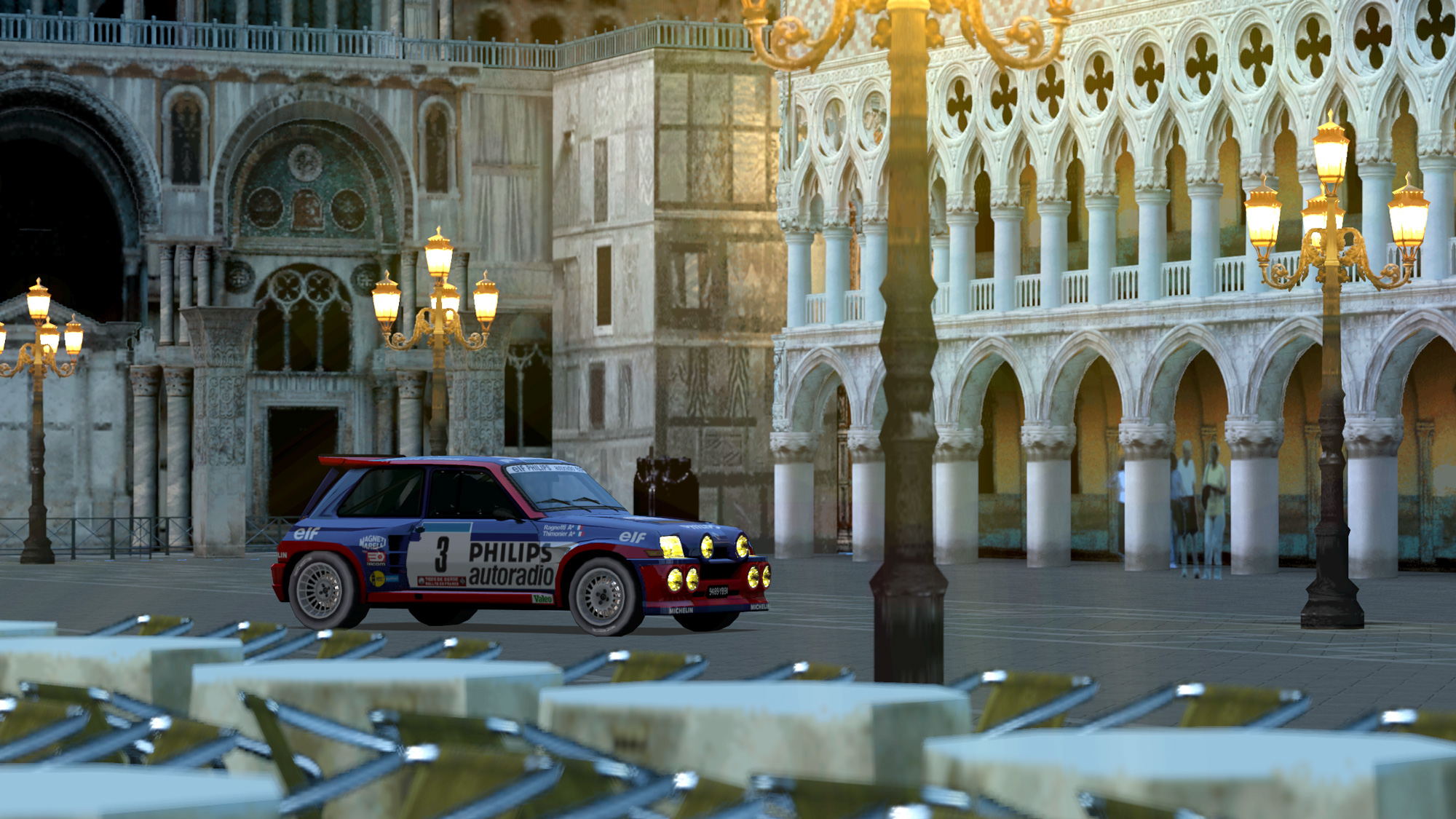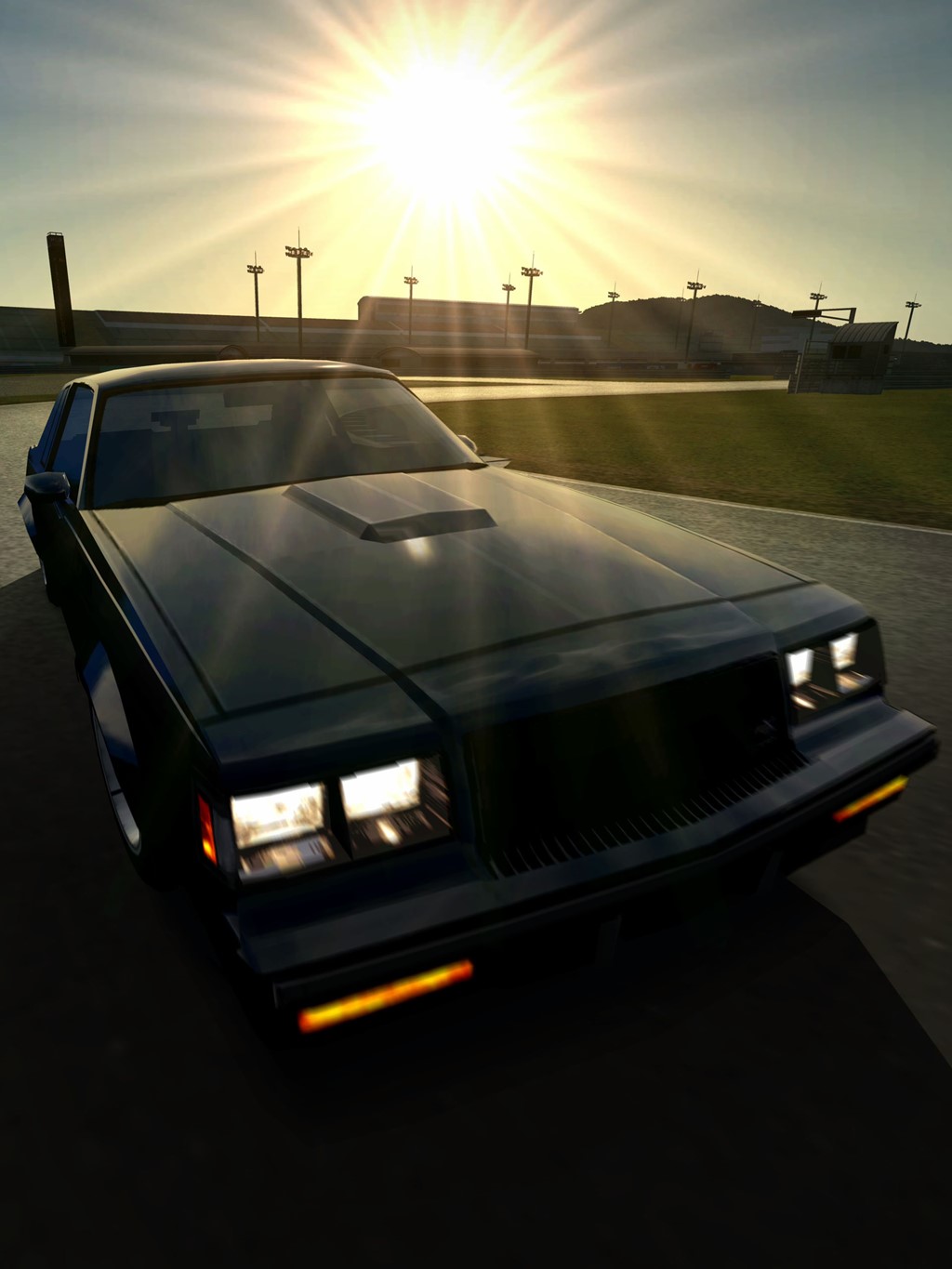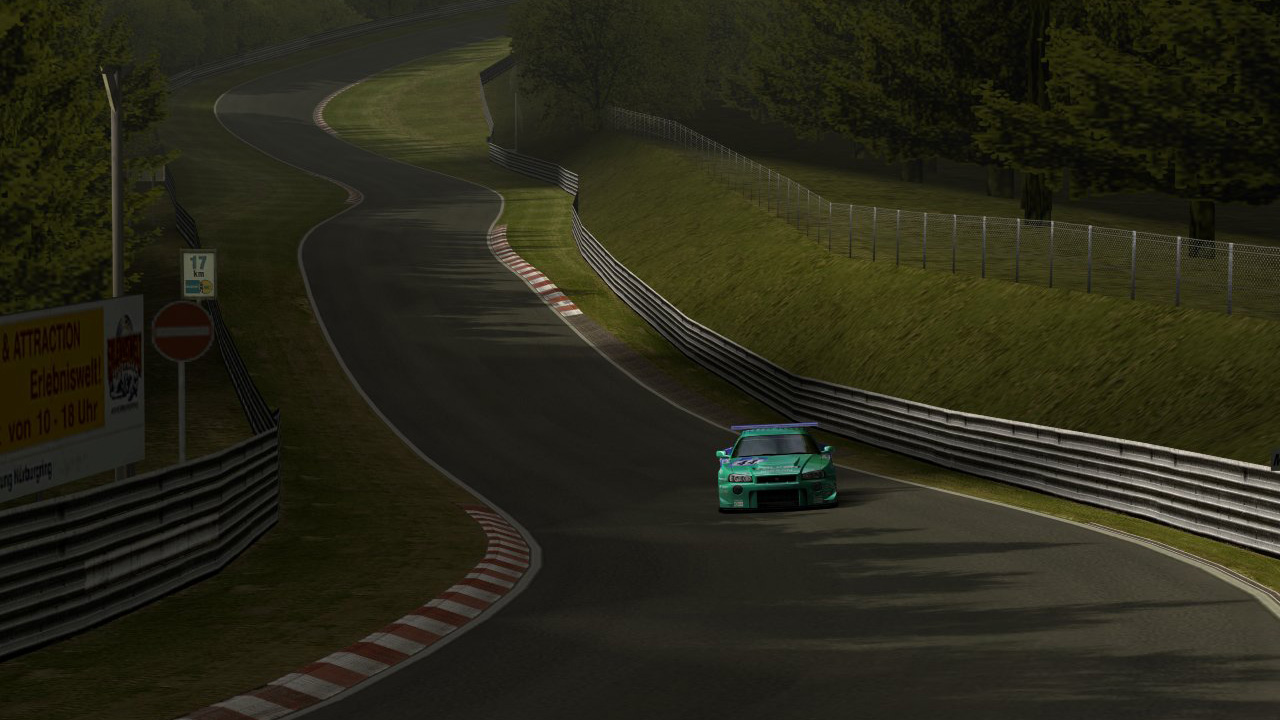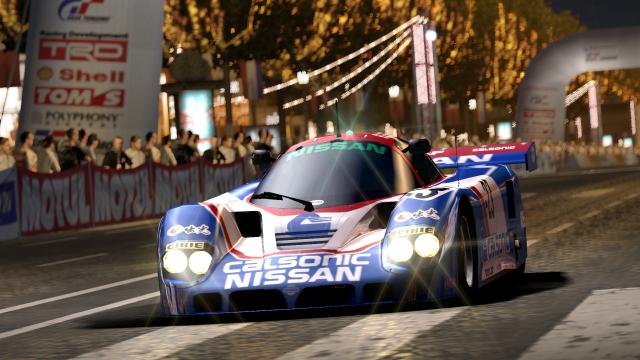In the pantheon of driving games, few franchises have been as important as Gran Turismo. On December 28, 2004, the Real Driving Simulator peaked with the release of Gran Turismo 4 in Japan. It’d launch throughout the rest of the world in early 2005.
Gran Turismo 4 isn’t the best-selling Gran Turismo title, having been outperformed commercially by Gran Turismo 3: A-Spec, which benefited from the fact it was packed in with PlayStation 2 consoles for a short while. GT4 isn’t regarded as the best by critics either. With a Metacritic score of 89, it’s six points behind GT3, which sits at 95.
And yet, in terms of significance to the sim racing genre as a whole, and where it stands today, I’d be hard pressed to think of a single title that has been more influential.
Mind you, that’s not so much because GT4 is or was the most realistic Gran Turismo; in fact, most fans would likely tell you the game’s greatest weakness lies in its physics model, which has a noticeable preference for understeer, especially compared to previous installments. It’s fun enough to play, but it’s hardly the most spirited driving sim in the world, even for its time.
The reason why the legend of GT4 persists, at least in my opinion, is because it represents the moment where racing games fully collided with global auto enthusiast culture.

Of course, Gran Turismo was always intended to be a paradise for car nerds, but earlier endeavours of Polyphony Digital, the developer, were limited by technology and scope. In the first and third entries especially, the available cars were predominantly Japanese, with limited exceptions. Gran Turismo 2 broadened the series’ horizons considerably, but as it was released for the original PlayStation, it wasn’t smooth or refined enough to capitalise on producer Kazunori Yamauchi’s encyclopedic vision.

With Gran Turismo 4, everything exploded. GT3 had about 180 cars, but GT4 had 730. And it wasn’t only the quantity that made the difference — it was the inspiration behind those selections, too.
Before GT4, classic cars were typically underrepresented in games, and Gran Turismo was no exception. When GT2 ventured beyond Polyphony’s largely JDM fleet, the studio brought in Americana, like the original Ford Mustang and Plymouth Barracuda. But there were entire spheres of automotive history the genre was ignoring, and that wouldn’t truly see the spotlight until GT4.
From Group B rally cars to Can-Am monsters, Mulsanne-crushing Group C prototypes to British roadsters and even esoteric one-offs like the Cizeta-Moroder V16T, GT4 committed to celebrating international car culture in all its manifestations, on and off the track. Cars like these are commonplace in games today, but they certainly weren’t back then; we have GT4 to thank for that.
Some would argue — and not unfairly — that the game was even too big for its own good. The ambition to trace the chronology of the automobile, starting with the 1886 Daimler Motor Carriage, resulted in the inclusion of several cars that were essentially useless for anything other than Photo Mode (which, incidentally, was a very popular new feature at the time). You couldn’t complete laps of most tracks in these cars, though amazingly, that never stopped persistent players from finding ways.
And that brings us to GT4’s other critical addition: real-world circuits, and many of them. This wasn’t the first time real-life tracks appeared in Gran Turismo — Laguna Seca and a section of the Pikes Peak International Hill Climb were drivable in GT2. However, GT4 went well-beyond that.
For motorsport fans, GT4’s roster of tracks presented an unending dilemma of where to go next. There was Suzuka, Tsukuba, Fuji and Motegi in Japan, plus Laguna Seca and Infineon (now Sonoma Raceway) in the United States. Europe was represented by three heavy hitters: the Monaco Grand Prix circuit (albeit in unlicensed form; it was known as Côte d’Azur in the game), the Circuit de la Sarthe and, of course, the Nürburgring Nordschleife.
I’m not sure which racing game had the Nordschleife first — it might have been Project Gotham Racing 2, which released a year earlier on the Xbox. But GT4 was easily among the earliest and the Nordschleife’s inclusion elevated GT4’s authenticity more than any other single car or track. This hallowed ground had, again, largely been ignored by game developers, either because they lacked the resources or the technology to render it with any degree of accuracy. Taking a spin around the Nordschleife in the few games that had it in the mid-2000s, none of those representations were particularly accurate — they all widened the track considerably and smoothed out its signature bumps. Well, none of them except GT4’s.

I was barely a teen when GT4 was released, and I think that was the best possible time to experience it. I’d always loved cars, but GT4 educated me in a way no game had before or likely ever will again. It’s responsible for my undying love for Le Mans prototypes of the late ’80s and early ’90s; it’s the reason why I’ll always lament how Hermann Tilke renovated Fuji Speedway so Formula 1 could go there in the late aughts. I’d get lost in the showrooms, unearth rare finds in the used car dealerships and single out museum classics like the Toyota 7 so I could make sure to win them later. Gran Turismo 4 is intrinsically linked to my concept of automotive wonder and discovery. I probably wouldn’t be at Jalopnik without it.
Today, Gran Turismo is no longer your only option if you have a specific desire to drive something old or rare on a track you recognise, and it certainly isn’t the most realistic tool for the job. But 16 years ago, GT4 was the enthusiast-gamer’s first point of call, and it’ll always rekindle memories — especially for those of us who found cars through games.
